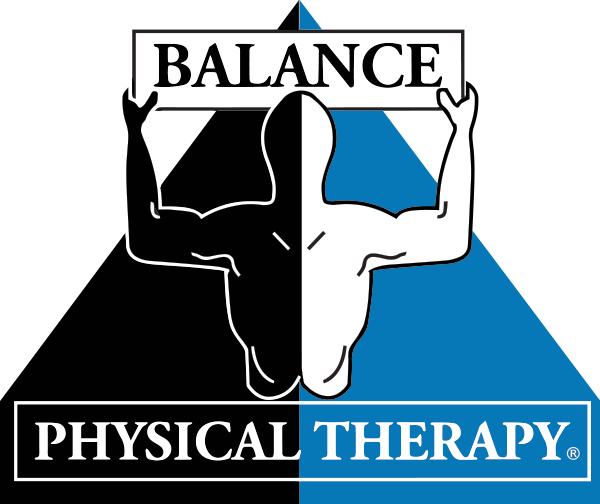Rebuilding Resilience and Performance Through Strength Exercise After an Accident
Wiki Article
Restoring strength and capability after an accident is an important process that many people face. Accidents can occur in various ways, such as sports accidents, falls, or even continuous strain from daily activities. When someone is hurt, it can lead to bodily limitations, psychological challenges, and a decrease in overall standard of life. Strength training is a valuable tool that can help individuals recover from accidents by enhancing muscle strength, boosting mobility, and restoring confidence. This article will examine how strength training can aid in the rehabilitation journey and encourage long-term wellness.
Strength training includes exercises that enhance muscle strength and endurance. After an injury, it is crucial to start with a recovery program that is customized to the person's specific needs. A rehabilitation therapist or a qualified trainer can design a program that centers on the injured area while ensuring that the rest of the body stays active. This method helps to avoid muscle wasting, which is the deterioration of muscles due to inactivity. By gradually increasing the difficulty and complexity of the exercises, people can rebuild their strength and recover functionality in a safe manner.
One of the main benefits of strength training after an accident is the enhancement in joint support. Many accidents can lead to reduced muscles around the joints, making them more vulnerable to further damage. Fortifying these muscles helps to stabilize the joints, lowering the risk of further injury. Additionally, more powerful muscles can enhance balance and agility, which are crucial for daily activities. As people advance in their strength training, they often discover that they can execute tasks that were once difficult or impossible, leading to a greater sense of independence.
Another important aspect of strength training is its positive impact on mental health. Healing from an accident can be a challenging and psychologically difficult experience. Participating in resistance training can provide a sense of accomplishment and boost self-esteem. As individuals see improvements in their physical abilities, they may also experience a reduction in anxiety and stress. The production of hormones during exercise can improve mood and foster a more optimistic outlook on rehabilitation. This mental resilience is just as important as bodily recovery, as it motivates people to remain dedicated to their recovery goals.
In conclusion, strength training plays a vital role in restoring strength and capability after an accident. By focusing on muscle strength, joint stability, and mental well-being, people can successfully navigate the recovery process. It is important to tackle resistance training with a structured find this plan that considers the specific needs of the injured area while encouraging overall health. With commitment and the right support, individuals can regain their power, enhance their quality of life, and return to the activities they enjoy.
